THESIS WORK features the work emerging from the newly restructured Waterloo Masters of Architecture program which began in the fall term with Thesis Research and Design studios and seminars. The featured work has been selected by the TR+D1 faculty team of Lola Sheppard, Mona El Khafif and Matthew Spremulli.
Over the course of the TR+D1 studio, graduate students developed their individual research topics in preparation for a thesis in architecture. The intention is to establish a theoretical, historical and intellectual framework through a diversity of representational modes; mapping, diagramming, photo essays, writing, which will serve as the foundation for a graduate thesis to be pursued over forthcoming academic terms.
Decoding Urbanity – Learning from and for Old Delhi
Preserving Cultural Urban Codes
Abstract bye Kanika Kaushal
TR+D1 Studio – URBAN_ISMS: Designing the Metropolis by Mona El Khafif
Project Description
The walled city of Old Delhi, India is a complex amalgamation of Mughal, Colonial and post Colonial architecture. This overlap has resulted in a rich urban fabric and networked cultural urbanism that provides diverse personality traits to the city, which can be defined as it’s urbanity. The thesis aims to decode the microcosm of this urbanity, which can be understood as the result of a morphogenesis that is generated by boundary conditions, a densely packed fabric and urban attractors and connectors. It is an investigation to extract the cultural urban codes using Parametric Urbanism that is defined by relationships, as a method of analysis. These codes serve as the parameters that together shape the city. They function either as attractors or inhibitors thus bearing the capacity to generate and manipulate the city’s Urbanity thereby facilitating its preservation.
Thesis Argument
This thesis argues that the walled city of Old Delhi is a morphological output of a complex and dynamic process of urban morphogenesis that can be decoded through the lens of parametric urbanism which simulates the city’s generating principles at any given point of time. These will ultimately serve as the basis for preservation strategies allowing regneration and adaptation without losing the embedded urban qualities of Old Delhi fabric.
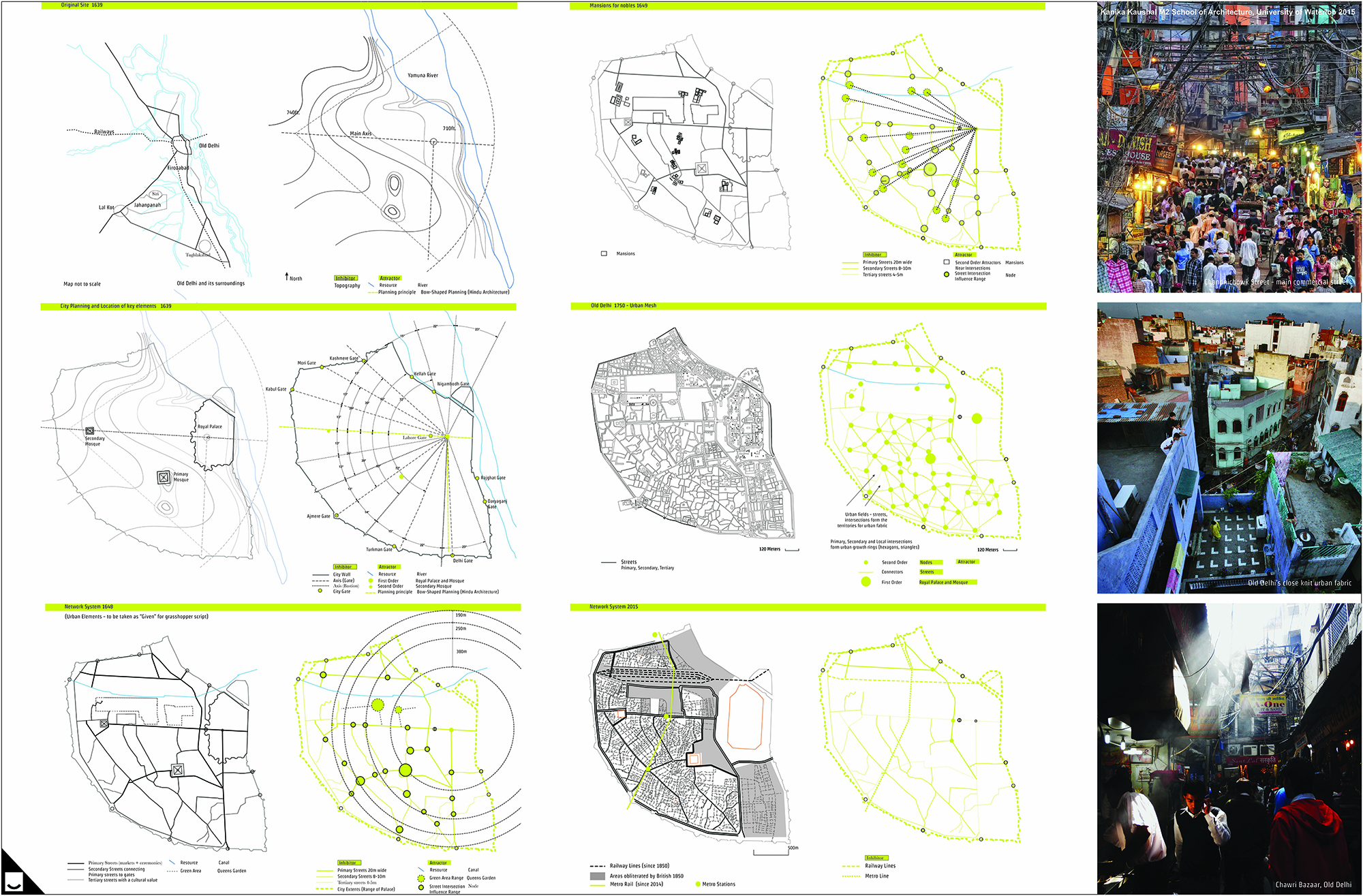
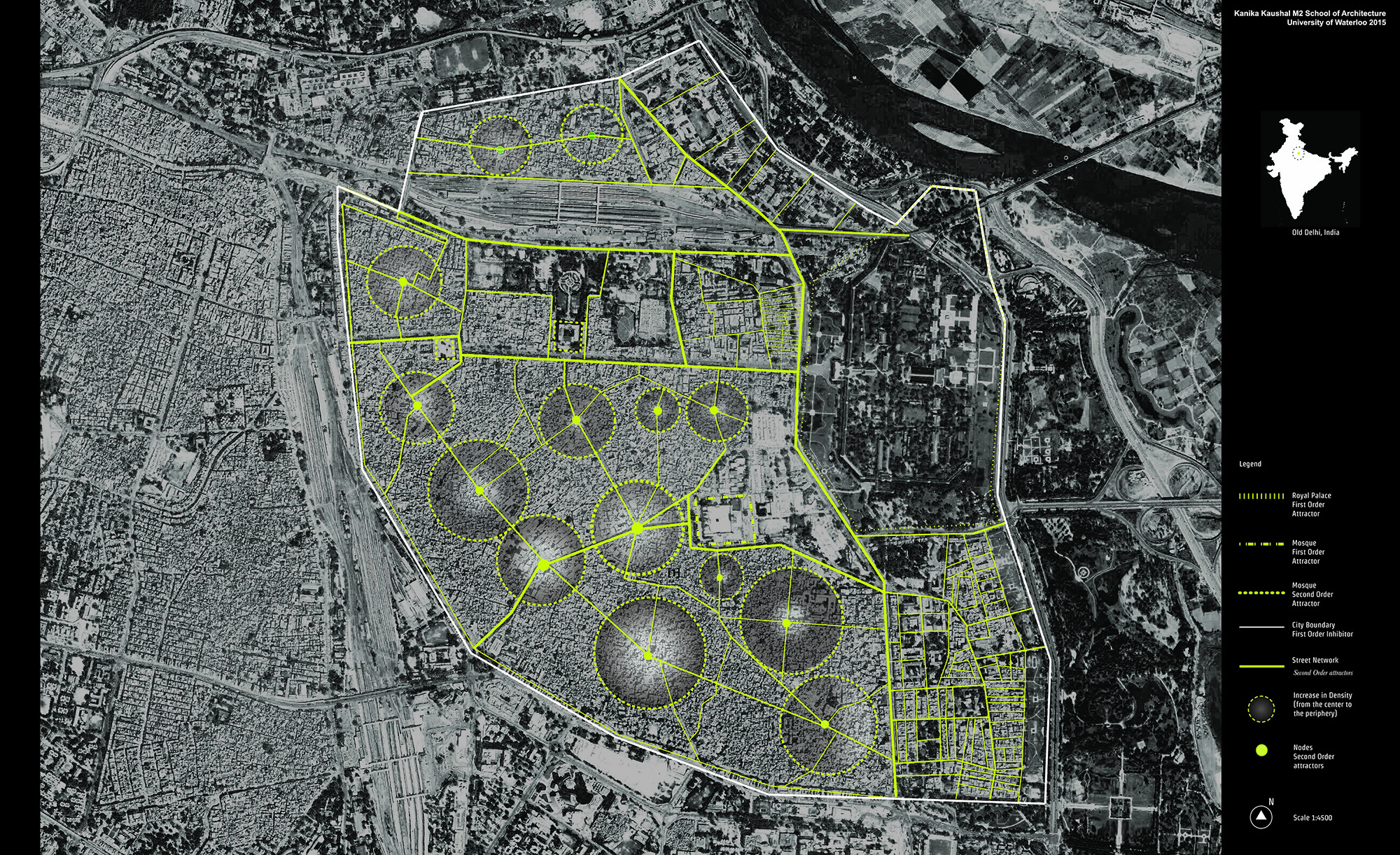
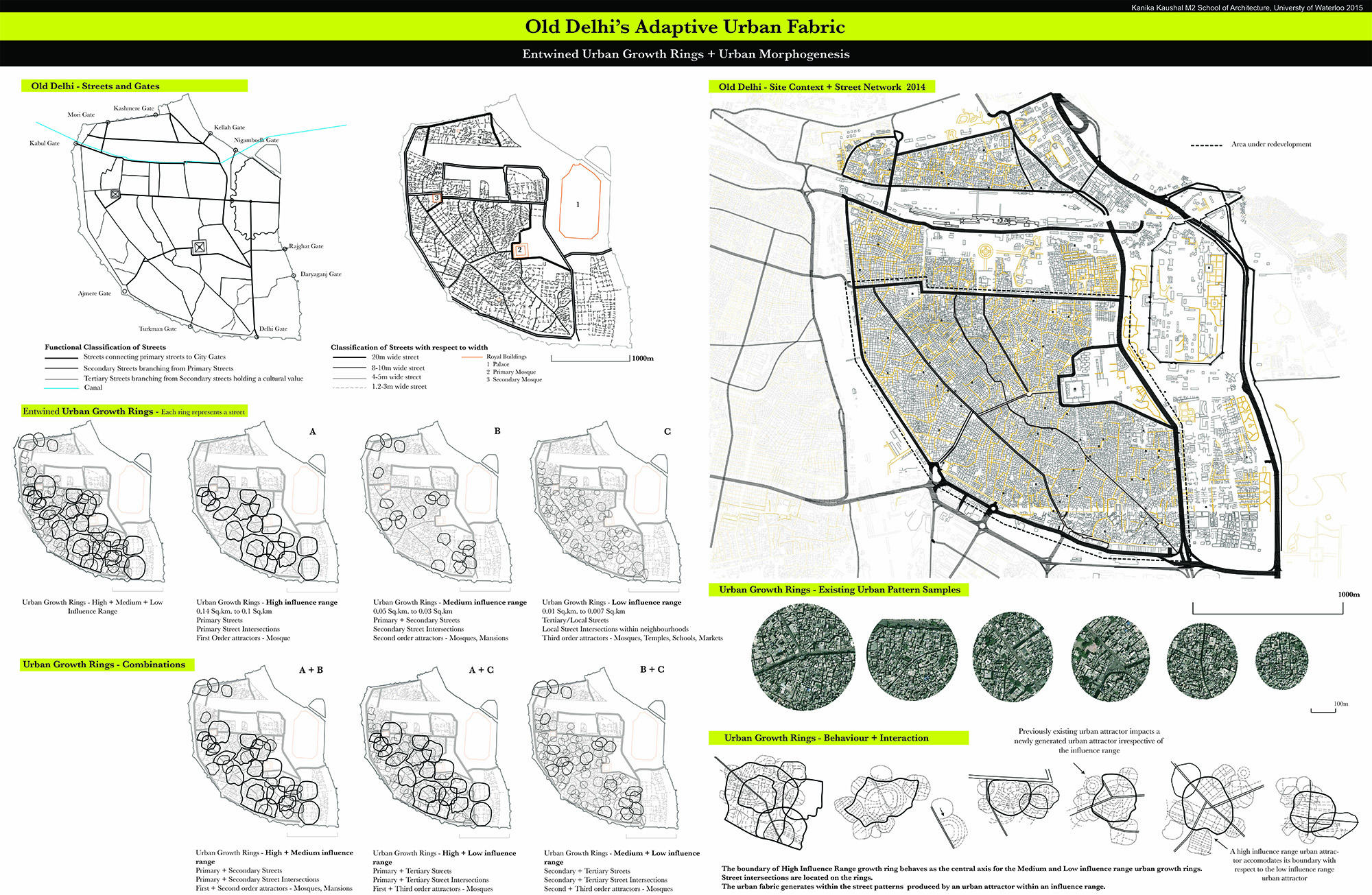
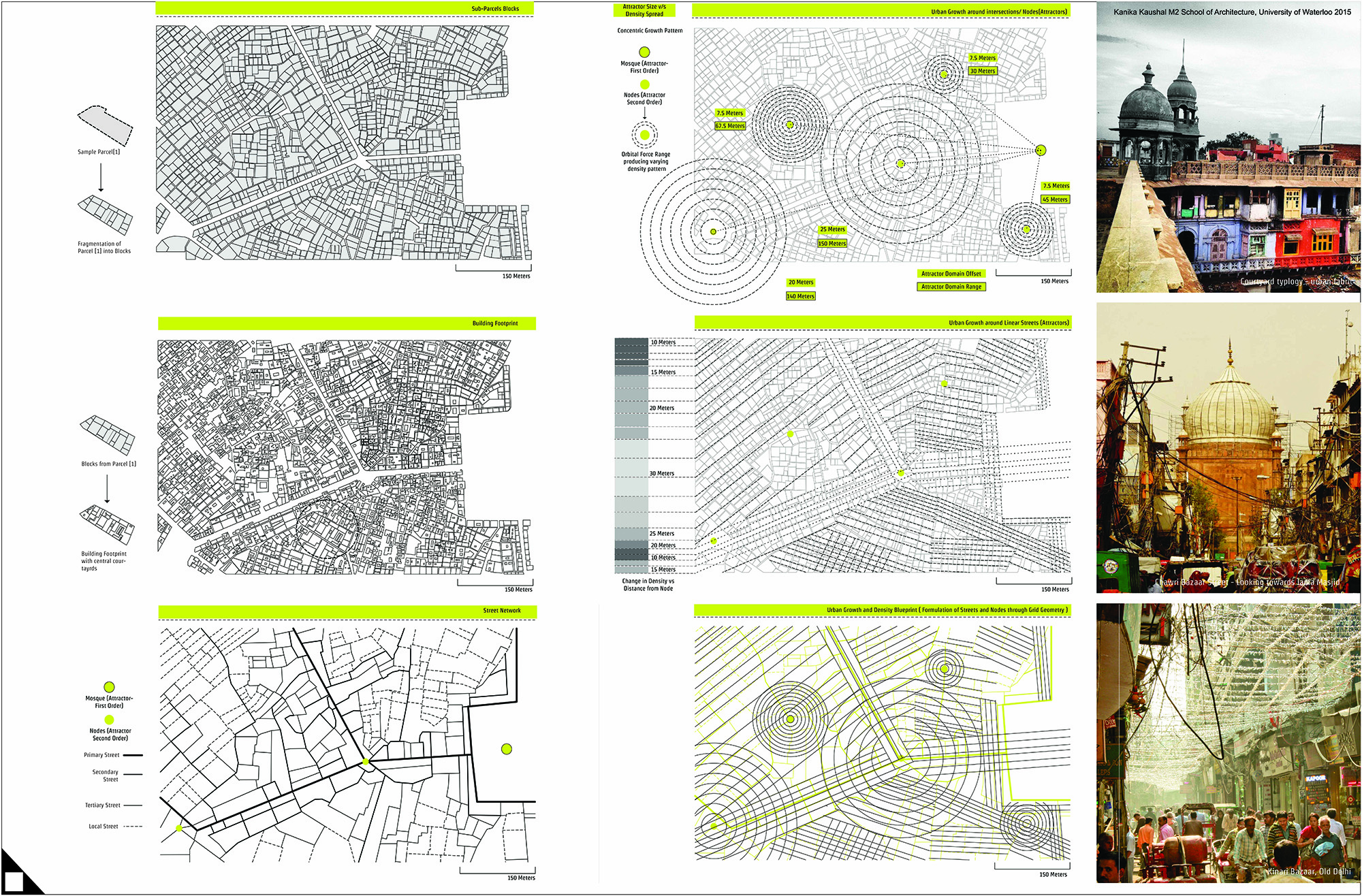
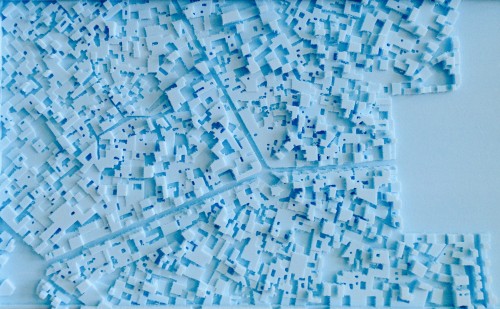
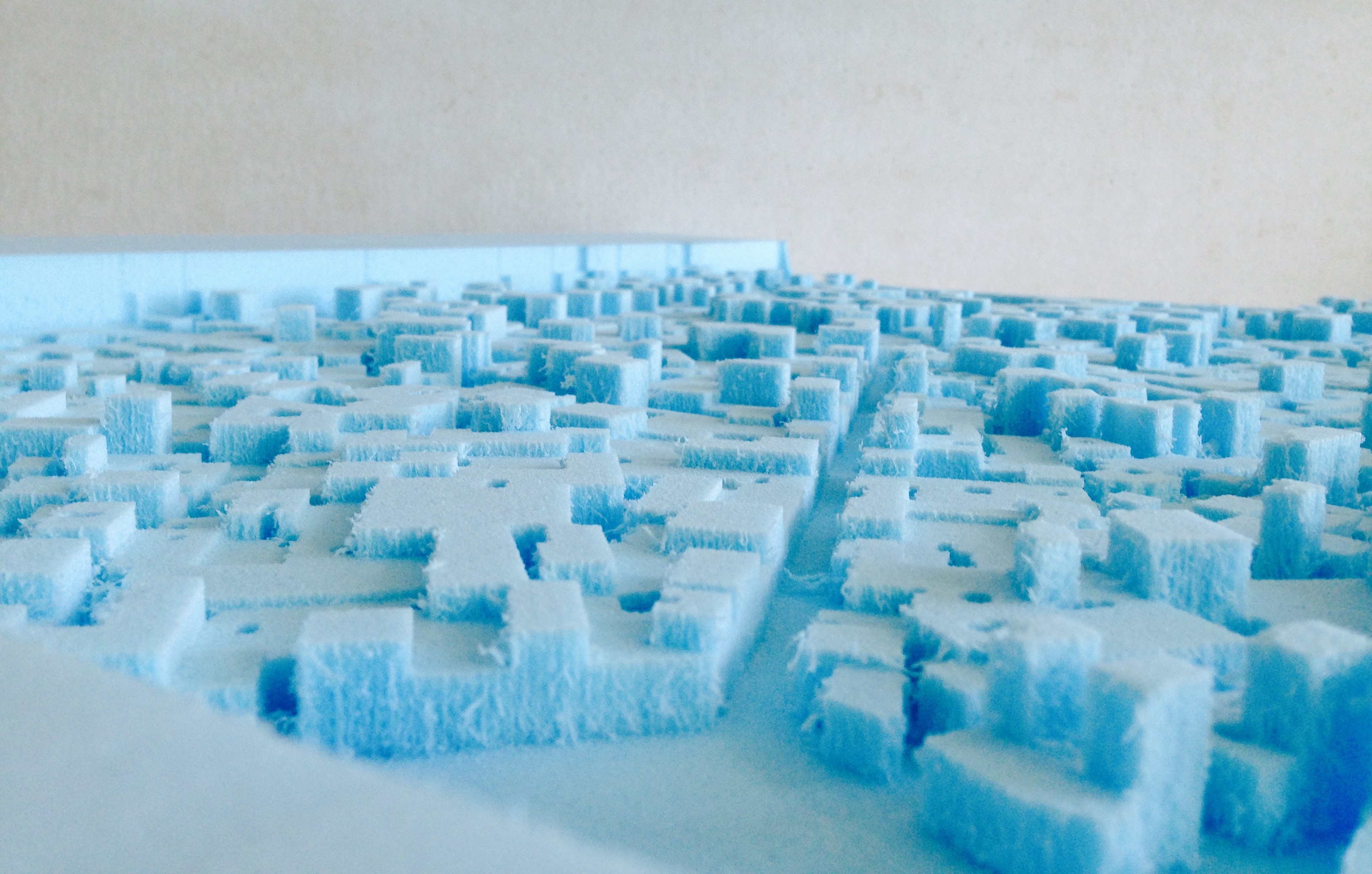


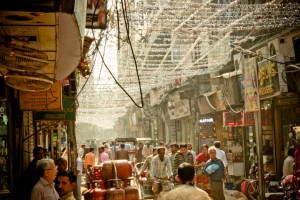
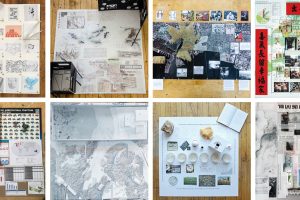
1 Comment
Leave your reply.